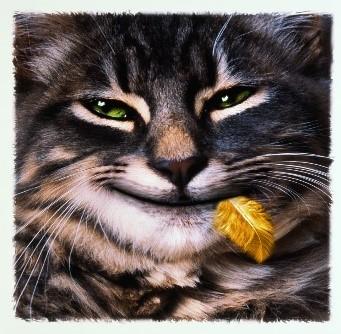
Is the biggest enemy of good science a financial conflict of interest? Probably not. The real enemy is bias. How do you measure bias? What are potential sources of bias?
Some degree of bias is almost always present in science. This becomes an issue when as a COI office, we don’t know what ulterior motives might be motivating someone. We can measure a financial conflict, but how can one measure a desire to be successful, or a belief in a line of work in a particular field?
In science, there are many incentives related to positive outcomes that have nothing to do with money. Publications, grants, reputation, promotions - how does anyone measure those incentives? Can you?
There are ways to limit bias besides removing a financially conflicted investigator from participating in research related to their interest. Is it really in the best interest of science to prevent an expert from working on a particular subject, drug, or research project?
The COI Office and Committee prefer to consider alternatives. A few examples:
- Blinded controls
- Peer review – regardless of sponsor
- Data analysis conducted by someone other than the conflicted individuals (watching out for subordinate relationships)
- Study design review
- Subjectivity in endpoint and adverse event assessments
Biased research is a serious problem because at a minimum bias wastes resources and time. What does an effective COI office do? It strives to guard the integrity of research, primarily by evaluating and managing sources of bias. This is accomplished by partnering with the conflicted individuals to come up with mitigation strategies to minimize the effects of bias and enhance the science at the same time.
Science is built on trust. Let’s do the type of work that shows we deserve the trust that the public has put in us. Our patients, and our peers deserve good, honest and meaningful research.